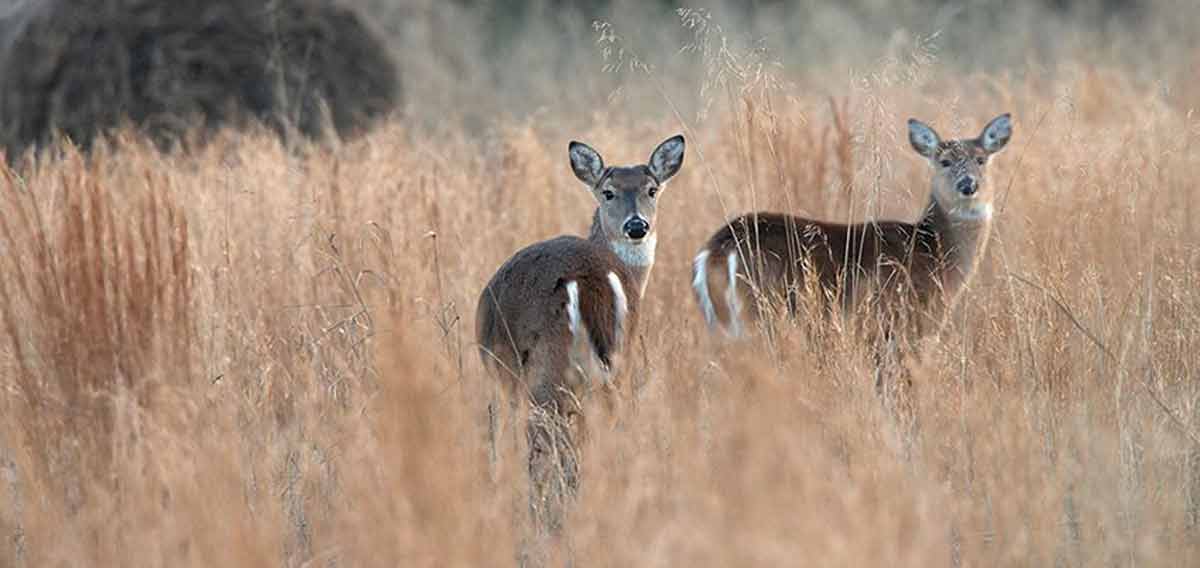There is no cure for Chronic Wasting Disease that is eventually fatal for deer, elk and moose, but a new study may shed a brighter light on how it spreads.
University of Illinois scientists say prions, mutant proteins that trigger abnormal folding in the brain, may be more prevalent in certain types of soils. Their findings indicate soils with more than 18 percent clay were associated with a steep drop in cases of the disease.
“Clay can tend to immobilize molecules, and we think at these higher concentrations, clay is holding onto the prions so they’re not bioavailable,” Sheena Dorak, lead author of the study, told Science Daily.
“With these results, we can now look at the entire state and say, for example, there are a lot of infected deer in one area and not too far away, there are soils that have the right mix of conditions to hold prions persistently should an infected deer contaminate the area,” Michelle Green, fellow researcher, told Science Daily. “We would recommend a management scheme to keep the infected deer out of such high-risk areas.”
The researchers also said infected deer can shed prions when they urinate, defecate or salivate. Then another deer acquires the prion when it licks, ingests or inhales ingests from an infected soil.
Another study indicates prions remain infectious and are distributed by canids, such as coyotes and wolves, after they ingest infected ungulates and then urinate, defecate or leave their saliva as they move across the landscape. David Mech, renowned wolf researcher, previously stated theories about wolves controlling the spread of the disease are merely speculation.
(Photo source: Arkansas Game and Fish Commission)
